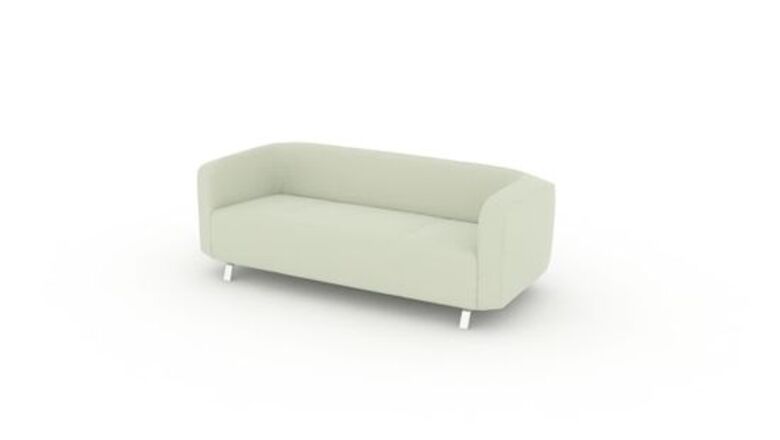
views
Removing the Old Upholstery
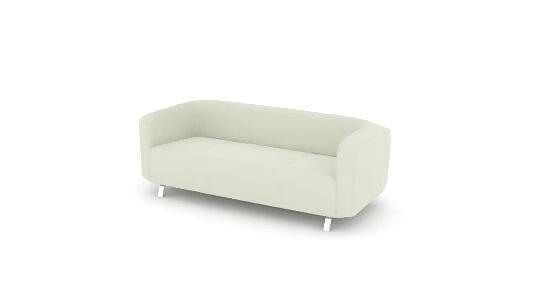
Find the right couch. Believe it or not, most furniture is designed to be re-upholstered, just as cars are designed to be worked on. Just because the fabric on an old couch has seen better days doesn't mean the couch needs to be consigned to the junk heap. There are riches to be found here.
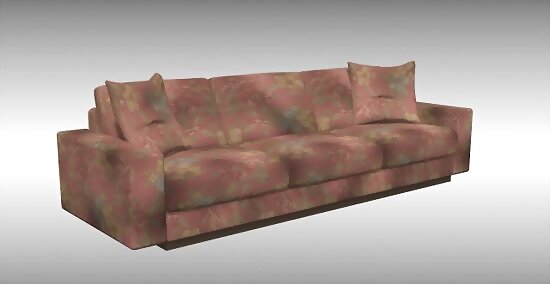
Select a couch that fits your taste. At the very least, find a couch that is of a style that can be molded to something enjoyable by the time it is completed.
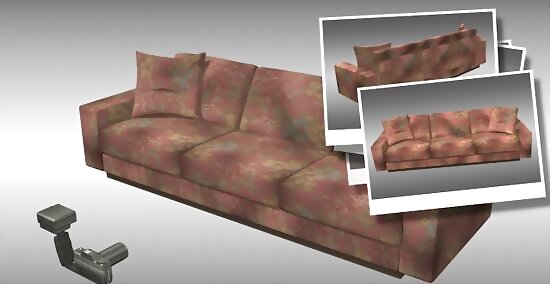
Take pictures of the couch pre-upholstery. Take pictures of how the couch looks before you tear it apart, and especially all through the process of "destroying it." Take pictures inside and out, front and back. Take closeup pictures of any area that might be difficult. Couches are not complex pieces of machinery, but this sort of project can take a long time, so it's good to have a nice "photographic memory" for referencing. You never know when you'll need to go back and piece something together about what the couch was like before you ripped its fabric off.
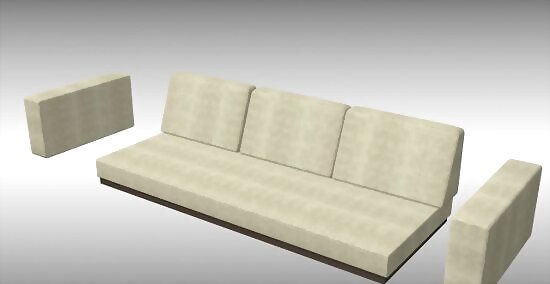
Carefully take the couch apart in the following order. While taking the couch's fabric off, take care not to damage the old cover or other parts that will be needed later, such as stuffing. Otherwise, remove the fabric in the following order: With the sofa upside down or on its back, take off the dust-clothes and all the fabric around the bottom. Turn the sofa upright and take off the outside back, the outside arms, the inside back, the inside arms and the deck. If the old cover fits well, you can use it as a pattern to cut your new fabric. Keep the old cover around until you finish the sofa so that you can refer to it as needed.
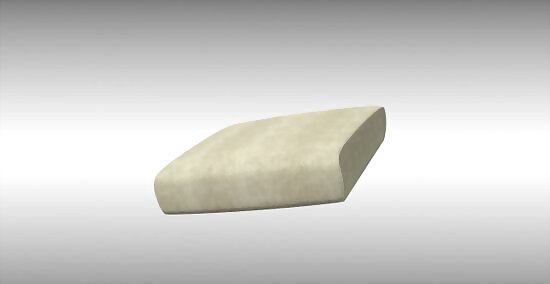
Inspect the cushions for compromised filling material. See if any filling material will need to be replaced once the couch has been stripped down. If the sofa needs new cushion filling, purchase high-quality foam (2.5 lb to 3 lb.), which will last for many years. Cheap foam quickly breaks down. High-quality foam can get very expensive, very quickly — its cost is tied to the cost of petroleum, out of which its made — but don't skimp out, or else the couch will be great looking, but also saggy and uncomfortable couch.
Assembling the New Upholstery

Use your pictures as a guide. As you create and put the new cover on you may want to to consult the "photographic memory" compiled from before the couch was taken apart, or to ask for advice from a more experienced person.
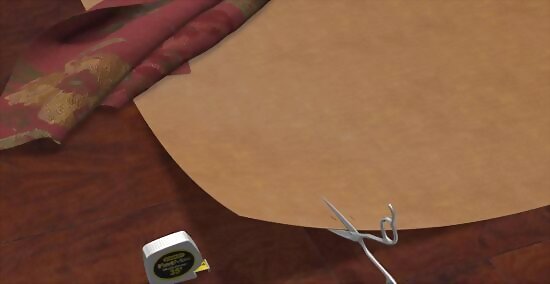
Cut your Fabric. Find a large flat area (a large table or the floor) to roll out and cut your fabric. Use the old cover as a pattern to cut the fabric. Lay the old cover pieces on the new fabric, rearranging the pieces on top of the fabric as necessary to save fabric. On seamed edges cut 1/2" from the old seam. On stapled edges add 2-3" more, which will be used to pull the fabric cover onto the sofa.
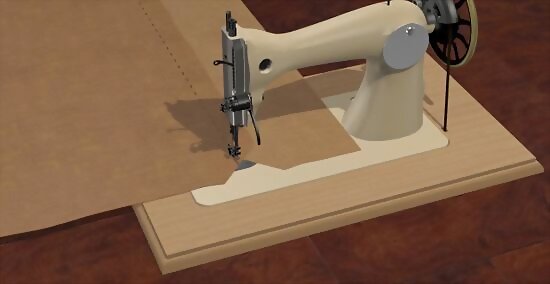
Sew your fabric. Older heavy duty metal sewing machines work better and hold up longer than the new lightweight plastic machines. Use the zipper foot to sew along the welting edges. Use heavy duty thread and a heavy needle to sew the fabric. Use a 1/2" seam allowance.
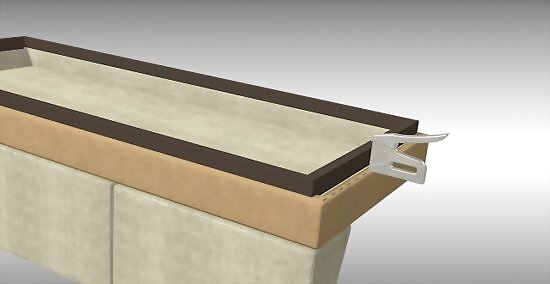
Get a heavy-duty staple gun to attach the new fabric to the couch. If you don't have one, purchase a good-quality staple gun, and go to town.
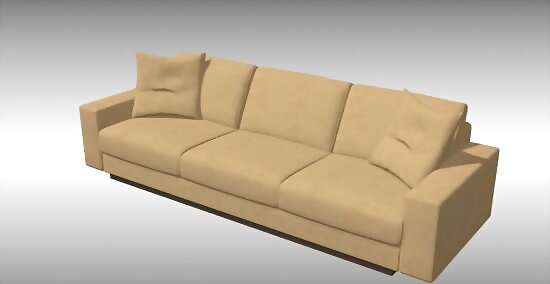
Start attaching the new material from the inside out. First attach the sofa deck, then the inside arms, and the inside back, in that order. No matter which way you are attaching the fabric, be sure to pull the fabric snug as you attach it, or it will stretch over time. When the inside is attached, fit and sew the cushion(s). If the cushions are a little too big or too small, you can adjust the size of the cushion area by loosening or tightening the bottom of the inside arms and inside back. Then attach the outside arms and the outside back.
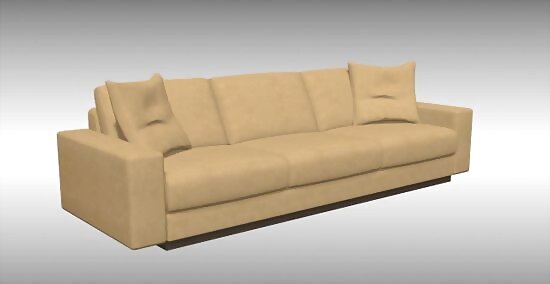
Take pride in your achievements once the couch is finished. Perhaps the most important thing to do is show it off.



















Comments
0 comment